Lessons from the Deep South
On July 26 the sun creeped up the eastern sky and its light reached over Natchez, Mississippi, to shine on the bridge over the Mississippi River . . .

. . . and the depot that stood beside its banks.
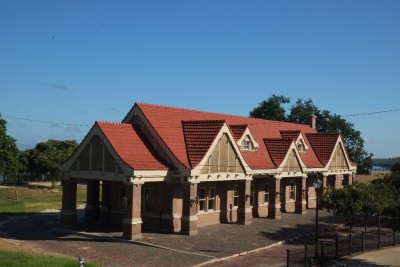
We saw beautiful roses when we drove up . . .

. . . to the Natchez Visitor Center. . .
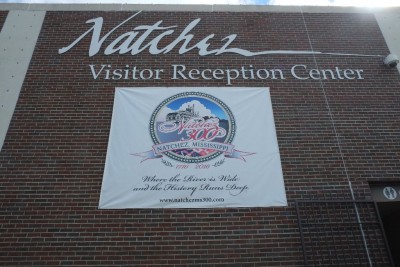
. . . where National Park Service archaeologists were getting displays ready for the 300th anniversary of Natchez.
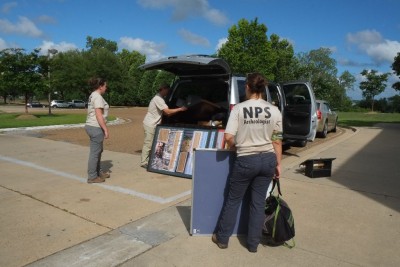
Natchez is the end point of the old Native American trail that became a major, though primitive, thoroughfare for traders traveling between Nashville, Tennessee, and the Mississippi River port at Natchez.
First, the area around Natchez was home to the Natchez tribe of Native Americans. Then the French came and built Fort Rosalie in 1716, completing it on August 3. The French wrote extensive records of the lives of the Natchez, but they also destroyed much of the tribe and dispersed the rest. The dispersed Natchez joined other tribes, and their descendants still live in America today.
Later the British took control of the area, and still later the Spanish. Natchez is known for its beautiful mansions. It was under Spanish rule that Natchez’s first mansions were constructed. In 1797 Natchez became part of America, when Spain ceded Mississippi to America. In 1861 Natchez became part the Confederacy when Mississippi became the second state to secede from the Union. In 1870, almost five years after the end of the Civil War, it became part of the United States again when Mississippi was readmitted to the Union. Visitors to Natchez can see sites related to all of those periods of Natchez history.
Knowing we only had one day in town, Ray and I decided to begin with a riding tour to see the highlights. Two other tourists and we rode around with our guide on a sort of extended golf cart on a sunny and very hot Mississippi morning. According to our guide, there are more than 1,100 sites on the National Register of Historic Places in Natchez. Needless to say, we saw only a small percentage in our hour plus tour. Here are a few highlights of the highlights.
In the photo below, workers are preparing for Natchez’s 300th anniversary celebration at the site of the French Fort Rosalie.
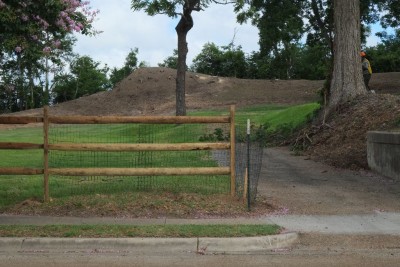
This house once belonged to William Johnson who, though born into slavery, had been freed at age eleven. He married Ann, another free black, and they had eleven children. Mr. Johnson, who was a barber by trade, kept a diary for sixteen years so we know much detail about his life. Mr. Johnson himself owned sixteen slaves. His home is a part of the Natchez National Historical Park. I had hoped to go inside, but it was closed the day we were there.
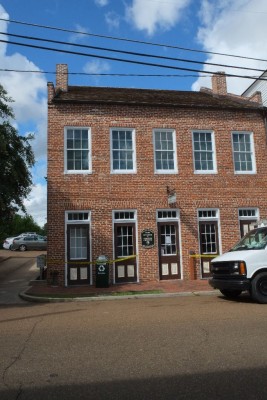
Here are some of the beautiful mansions of Natchez.
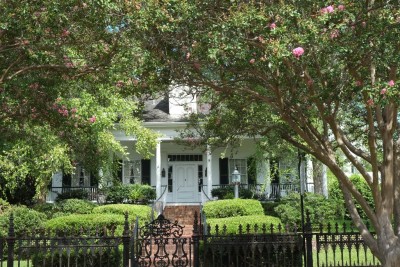
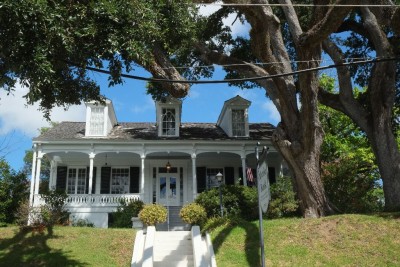
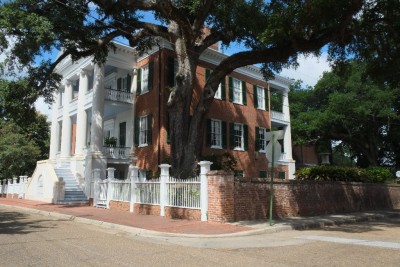
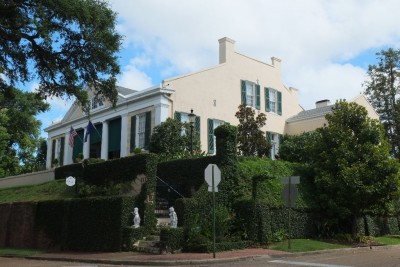
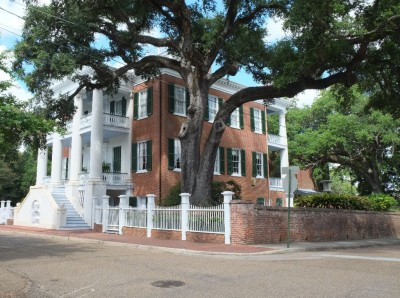
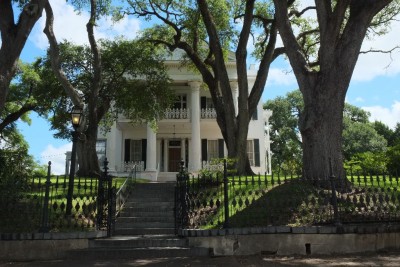


By the end of our tour, it was lunch time. We decided to save money by eating at Dunleith in its Castle Restaurant out back. Our hamburgers and sweet potato fries were reasonable, and restaurant patrons can tour the mansion for free! Here we wait for our burgers and fries.
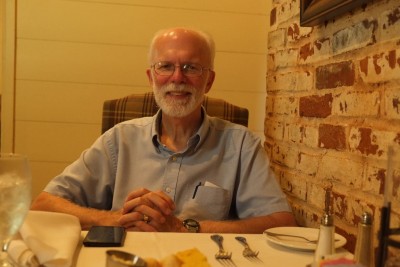
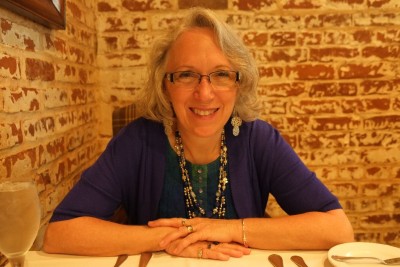
It’s called a castle, but it was actually the carriage house built in the 1700s. Horses once sauntered up that walkway to go inside.

The water lilies in a gigantic pot outside were beautiful.

So was the walk from the carriage house to the mansion.
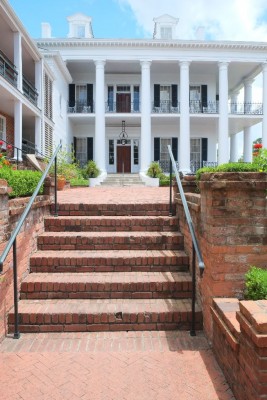
The inside furnishings weren’t original, so my favorite parts were the details around the outbuildings . . .

. . . and the grounds, . . .
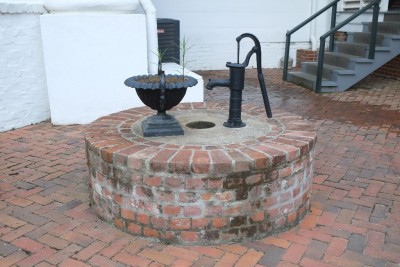
. . . such as these steps, used to get in or out of a waiting carriage.
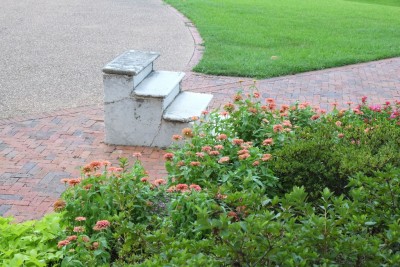
Here’s the front of Dunleith.
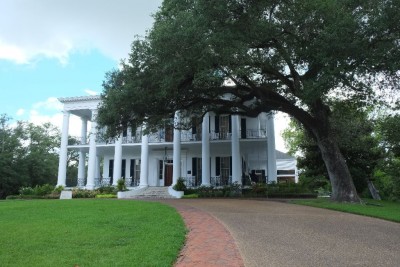
The highlight of the day was our tour of Melrose, which is also part of the Natchez National Historical Park. The home was impressive and almost all of the furnishings were original, but the best part of the tour was the tour guide himself. For the first time, we toured an antebellum mansion under the guidance of an historian who was himself the descendant of slaves — and also a descendant of a Cherokee, who, he told us proudly, was never enslaved.
Our guide spoke with truth, with humor, and with a respect for historical accuracy. He also spoke as someone who loves his Mississippi home and feels most at home there. As we stood outside in the sweltering heat, he told a hilarious story about when he lived up north and had to find his car buried under the snow with a clicker and a stick and how he told his mother he would even ride in a crop duster to get back home! I don’t say that to say the south is better, but to say that this man has come to peace with his homeland, even though some of his ancestors’ history there was horrible.
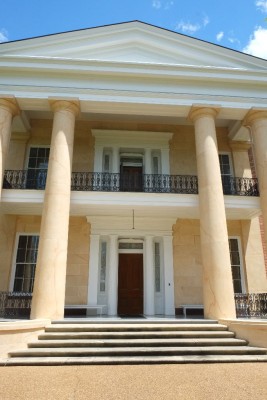
The relationship between black and white Americans was constantly on our minds during this trip because of what was happening in the news at the time. Throughout most of the trip, flags were flying at half-masts.
Two highlights of the tour of Melrose stand out. One was our conversation at the end when the guide told Ray and me that history is what it is. That seems so obvious, but it isn’t obvious to everyone. As Ray has taught me, so much “history” written today is written through the lenses of modern thinking. It’s best to tell it like it really happened, and our tour guide did just that. It is hard to believe that his own ancestors may have been bought or sold here at the site of a Natchez slave market where we stopped later in the day.

The other highlight of Melrose was the story our guide told about the former slave to whom the owners of Melrose gave the responsibility of caring for the mansion after they left. Eventually the estate fell into the hands of the last heir when he was only seven years old. When he was seven, the former slave made a pact with him about their relationship, a pact they both kept until their dying day. She and the little boy developed a decades-long relationship of mutual love and respect. Our guide praised her for preserving this part of American history.
Here are some beautiful scenes of Melrose.
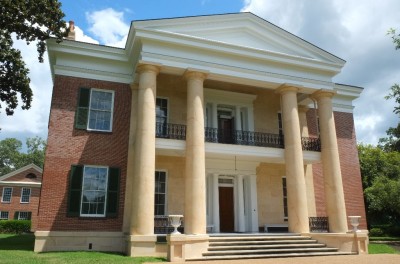
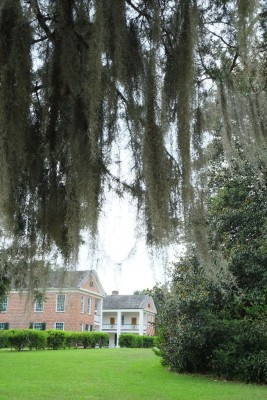
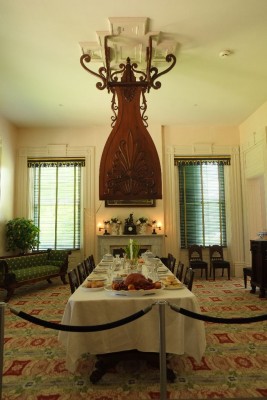
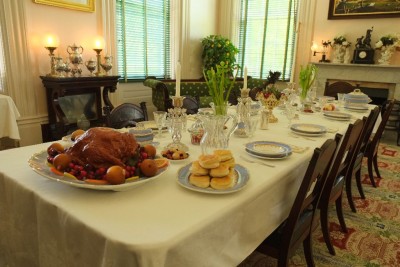
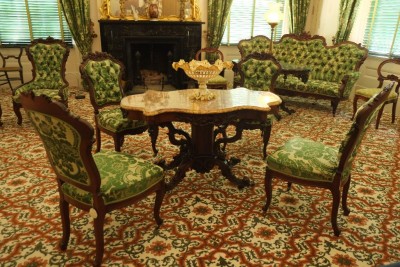

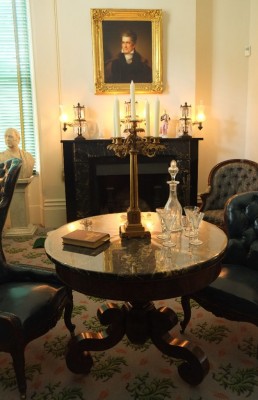
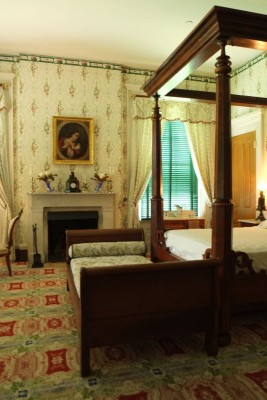
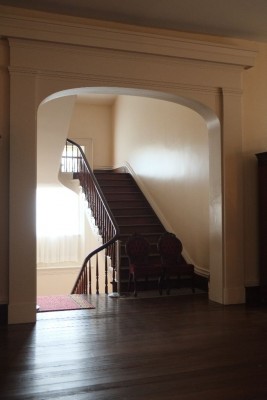
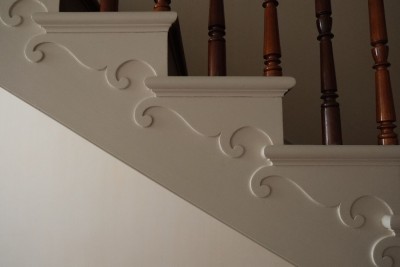

After Melrose, we went to the site of the Grand Village of the Natchez tribe.

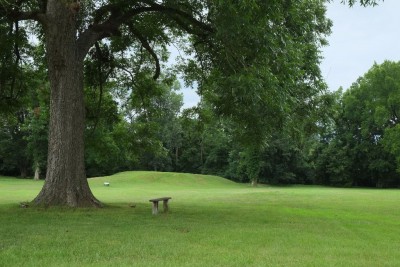
Here rain began to fall and we finished our little remaining time in Natchez by driving to a few more sites in the rain, including one more view of the bridge we had crossed in darkness the night before and seen in the early morning sunshine that morning.

The bits and pieces of news we heard while we on our trip were disconcerting, but the people we saw in the deep South were people, some black, some white, some Latino, some Hispanic, some from India. We worshiped with white people and black people (and Chinese people, too) at our former church in Oxford, Mississippi, where John F. Kennedy sent in national guardsmen to keep order because of civil rights conflict in the early 1960s. Despite what you read in the news, there is more peace in America, much, much more peace, than there is turmoil.
As with all issues, God has the answers.
On the other hand, I am writing a new commandment to you,
which is true in Him and in you,
because the darkness is passing away and the true Light is already shining.
The one who says he is in the Light
and yet hates his brother is in the darkness until now.
The one who loves his brother abides in the Light
and there is no cause for stumbling in him.
But the one who hates his brother is in the darkness
and walks in the darkness, and does not know where he is going
because the darkness has blinded his eyes.
1 John 2:8-11

